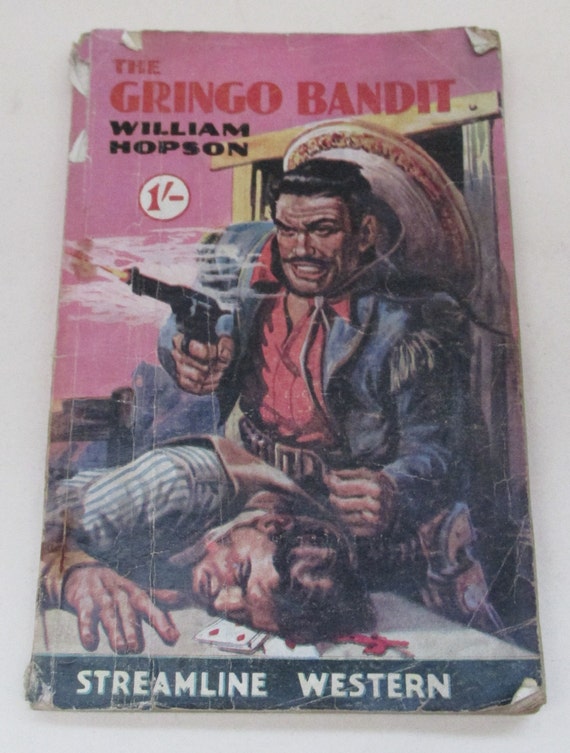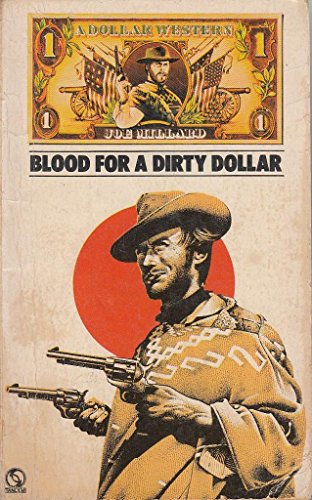 |
| I bought this one because the cover illustration made me curious. |
The Trail of Danger, Part 1 by William MacLeod Raine
California, 1849. A young sailor, Dennis Gifford's ship is shanghaied by pirates, but he makes a daring escape into Monterey. There he is attacked by a couple of thugs, but he begins to realize that one of them is a powerful criminal who is courting a pretty girl, Rosita Martinez, whose garden our hero tries to escape into.
The criminal calls himself "Juan Bandini", but at one point he very nearly gives away his real name- Juan Castro.
Really, dude? If you're the greatest bandit in California, you can't make a dumb mistake like that. Luckily for him Dennis and Rosita don't notice him second guessing his own name and go about the conversation like it was nothing.
Really, dude? If you're the greatest bandit in California, you can't make a dumb mistake like that. Luckily for him Dennis and Rosita don't notice him second guessing his own name and go about the conversation like it was nothing.
Gifford is taken in by Rosita's family, without telling them that the two had met a little beforehand, lives in comfort and is offered land (lucky kid), but he has to stay at the place anyway because he eventually convinces them that this "Bandini" guy whom the family knew is, of course, Juan Castro, who is hunting him, because he hates Americans.
Rosita's father Ramon was a little suspicious of him anyway.
So Gifford goes with one of Rosita's brothers to investigate and runs into Juan's lieutenant, Felipe, who is essentially described to have teeth just as nice and white as his leader's. They also meet the obligatory muscle of the gang, Pedro, who isn't too different from Lupo in A Coffin Full of Dollars, or Gualtero in South of Rio Grande. The two young men eventually arrive at the hills, meet a bunch of soldiers and together they try to take on the gang.
Back at the Martinez place he receives a letter from Juan asking for Rosita's hand in marriage and threatening to kill Gifford. Dude, just write about the marriage part if you want Rosita's father on your side. You don't need to put him off by threatening Gifford as well.
"He is full of flourishes and courtesy, but every few words the threats break through." You think?
The pacing of this story goes along at breakneck speed. I'm almost considering having the full novel.
Very engaging and fun to read, even if it doesn't break any new ground. You've still got the hero, the girl, the villain and his musclebound henchman... it's all very formulaic.
Picture Rock, Part 3 by Frank Richardson Pierce
And speaking of formulaic...
So this guy named Jerry McGrath is out to kill a man named Spider Darby who is determined to get control of McGrath's father's mine.
However, when Darby's daughter Lois starts flirting with him as part of a scheme, she begins to fall in love with him for real.
Picture Rock, Part 3 by Frank Richardson Pierce
And speaking of formulaic...
So this guy named Jerry McGrath is out to kill a man named Spider Darby who is determined to get control of McGrath's father's mine.
However, when Darby's daughter Lois starts flirting with him as part of a scheme, she begins to fall in love with him for real.
It's not very memorable but it kept me reading anyway.

